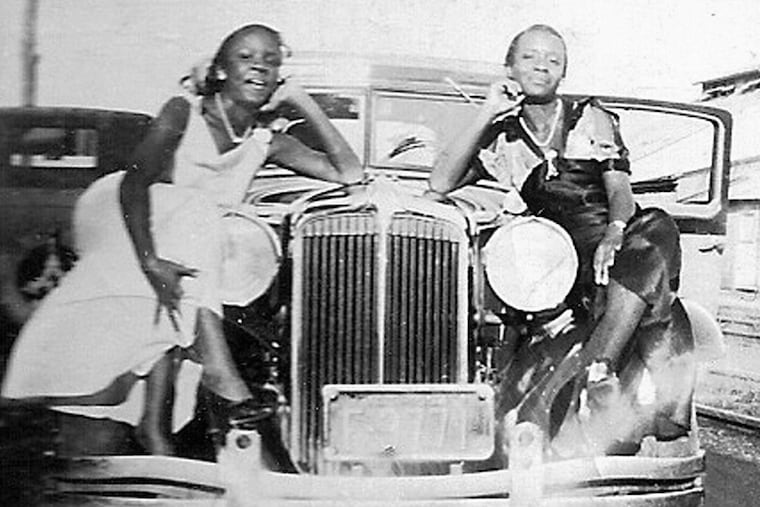‘Widows’ Row’ and the fate of Ocean City’s original Black community
Arriving for religious purposes, Ocean City's Black founders opened the first salt water taffy shop, built the fishing pier and invested in real estate. A new book documents this history.
